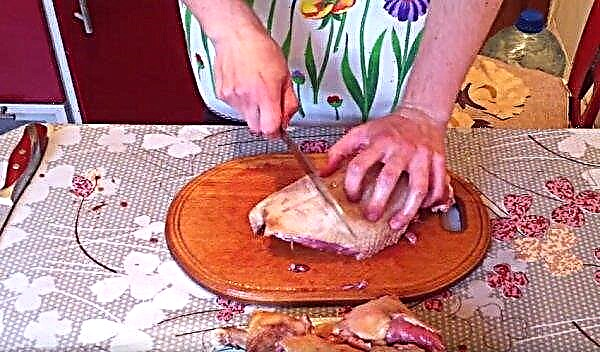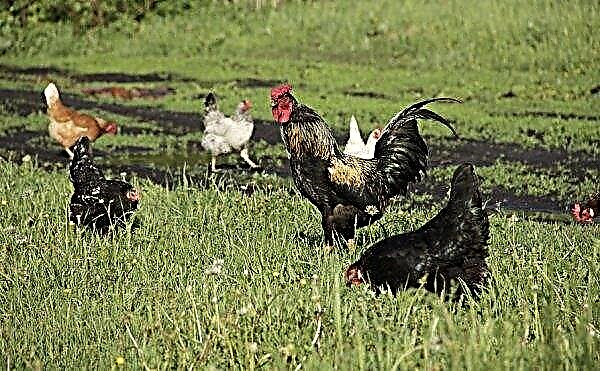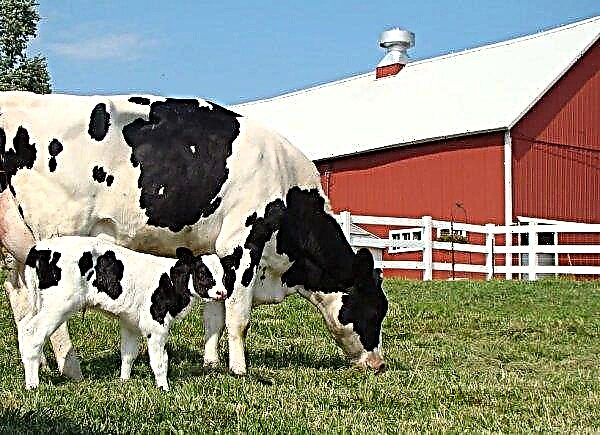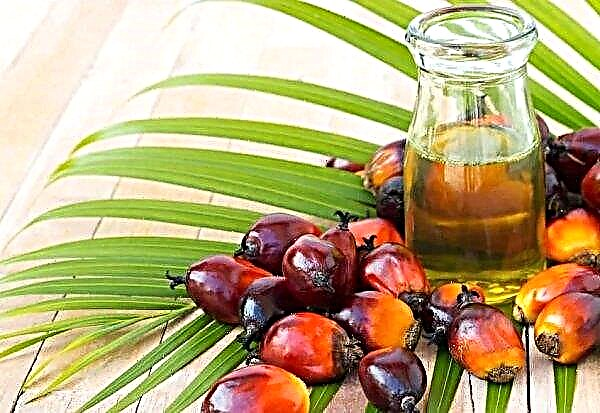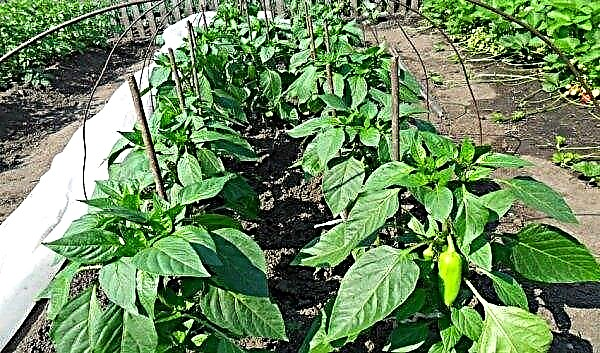Four years after cotton yields fell to a low of 197 kg / ha. (2018).
Since the sale of cotton continues until February, authorities expect that this year's production will exceed last year's indicator, then the exact yield will be calculated.
Punjab University of Agriculture (PAU) research director Navtay Singh Baines said the transformation was made possible by two factors. One of them is the use of neem-based biopesticide, and the second is the university’s preparation of a crop revitalization plan.
Direct speech: “Since there were no serious pest attacks this year, farmers had to spend less on pesticides. Field studies have proven the effectiveness of neem pesticides against whiteflies.
Farmers were aware of its use as part of a comprehensive pest management program, ”Baynes said.
 Breeders bred cotton varieties of different colors. This allows you not to dye it in the production of fabric.
Breeders bred cotton varieties of different colors. This allows you not to dye it in the production of fabric.
Direct speech: “The group of experts prepared a comprehensive plan, including recommendations regarding the correct type of seeds, watering schedule, weed removal and the use of biopesticides. Four years of effort led to a better cotton crop this season, in which the use of biopesticides remained an important factor. ”
The expert said that with the participation of the community, weeds were grown on fields, vacant lots, roadsides and irrigation canals. It also helped keep the pest at bay.
- In the USA, cotton seeds were recognized as a GM food product.
- Indian farmers die fighting for cotton.
- In India, the requirement to lift the ban on HTBT cotton is growing.
- Indian farmers sowed a banned cotton variety in protest.
- The China Cotton Association is demanding a waiver of US import tariffs on cotton.



